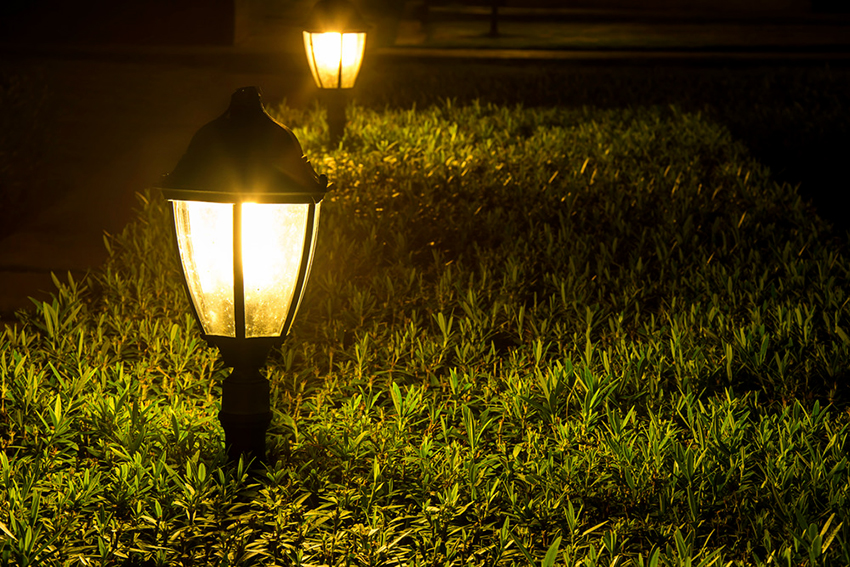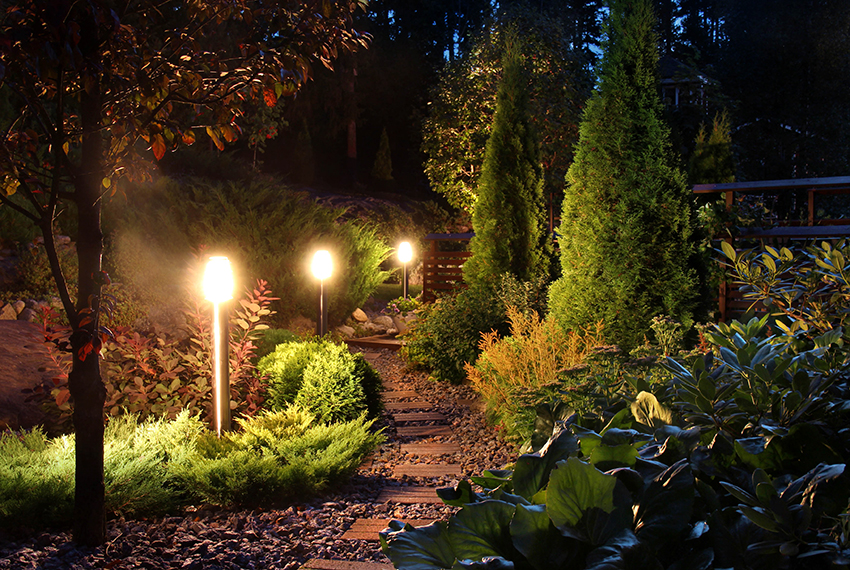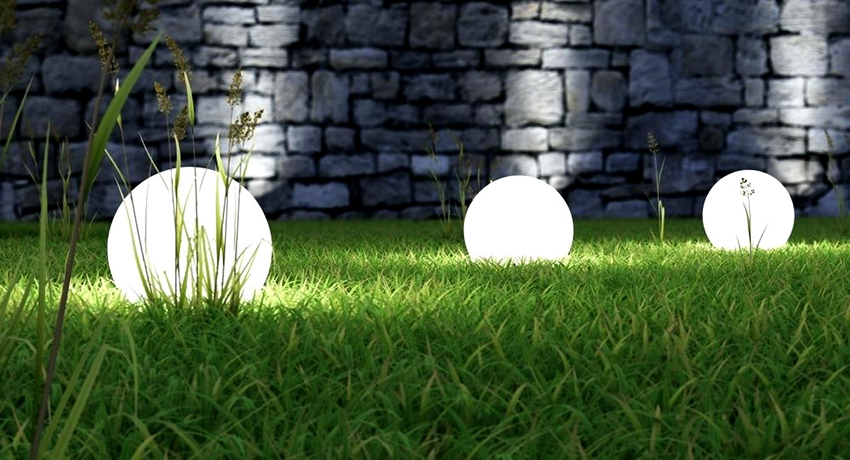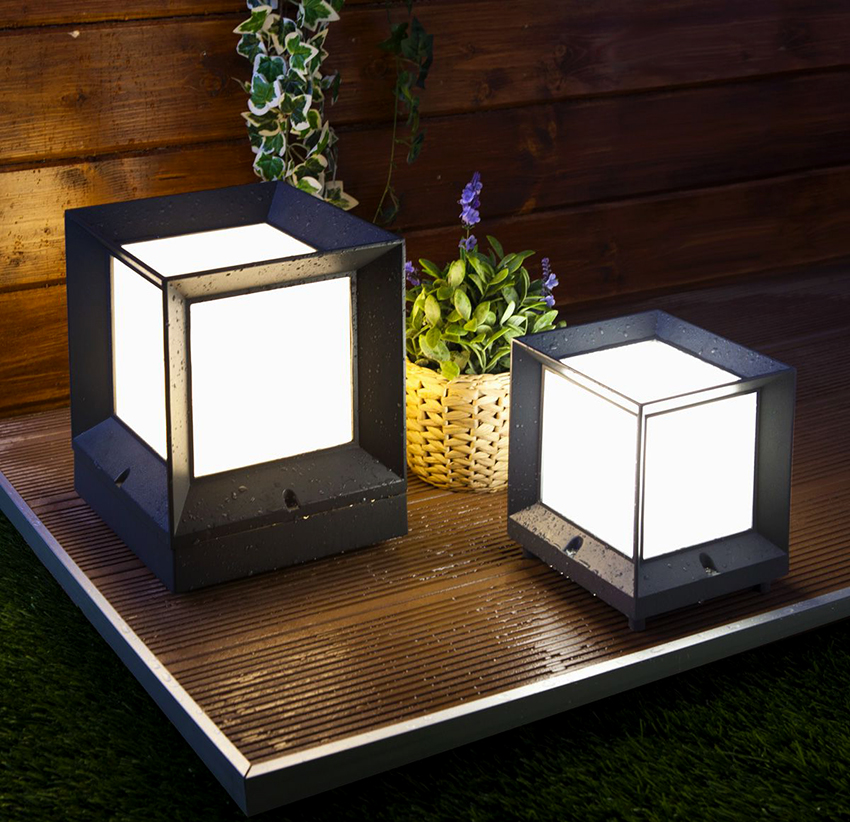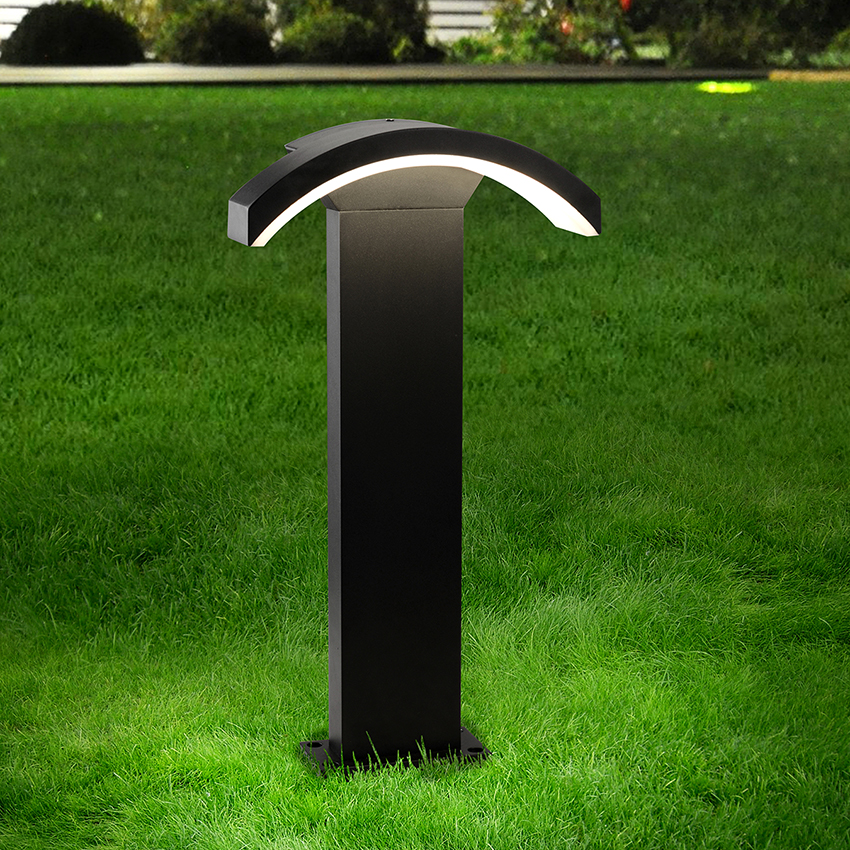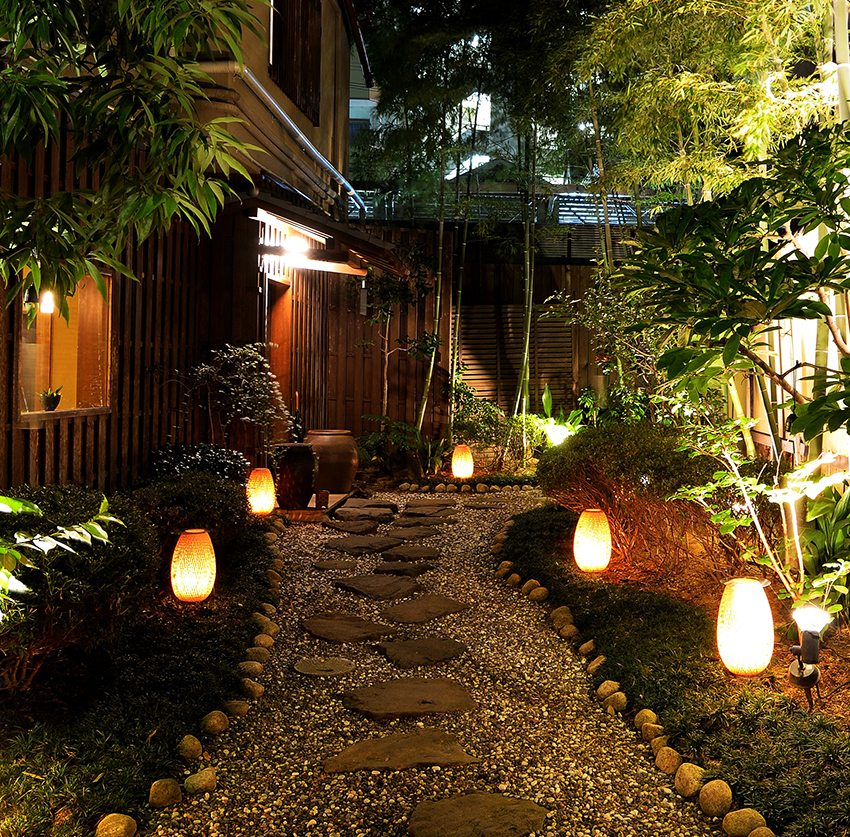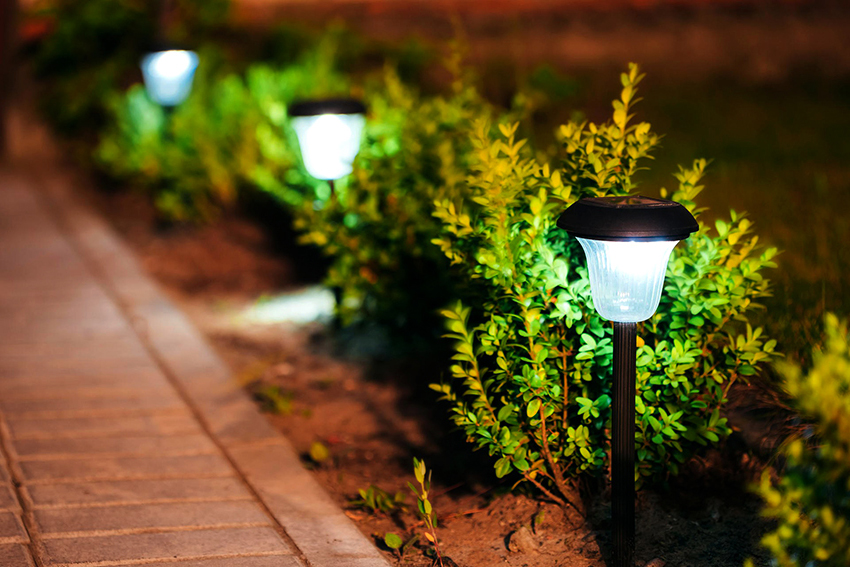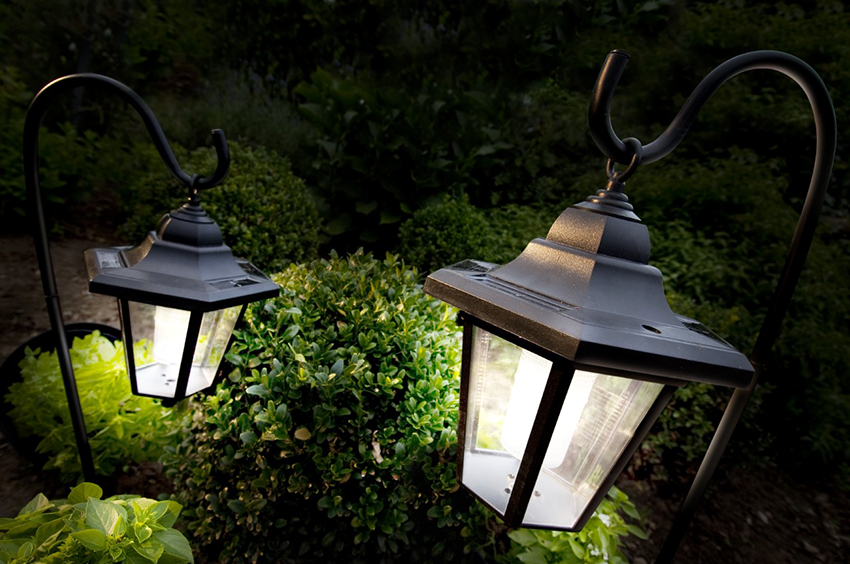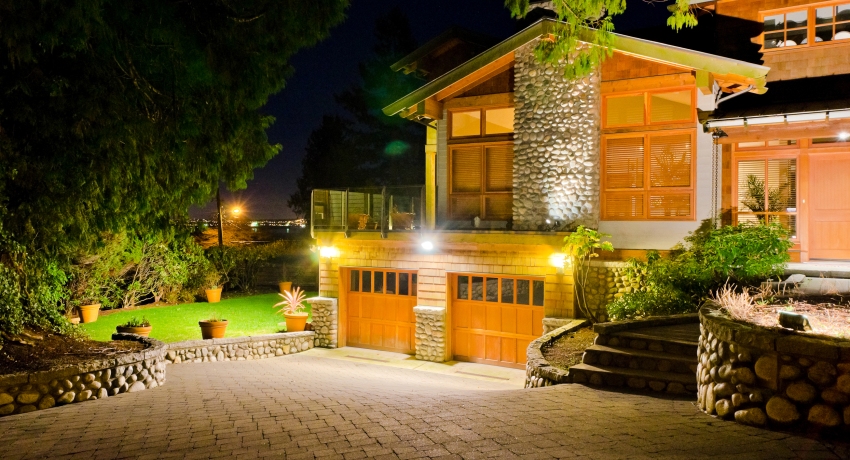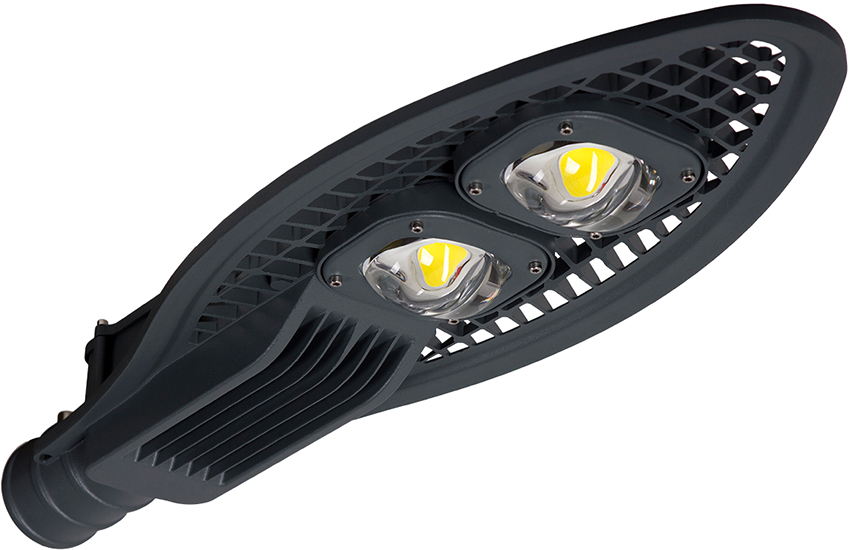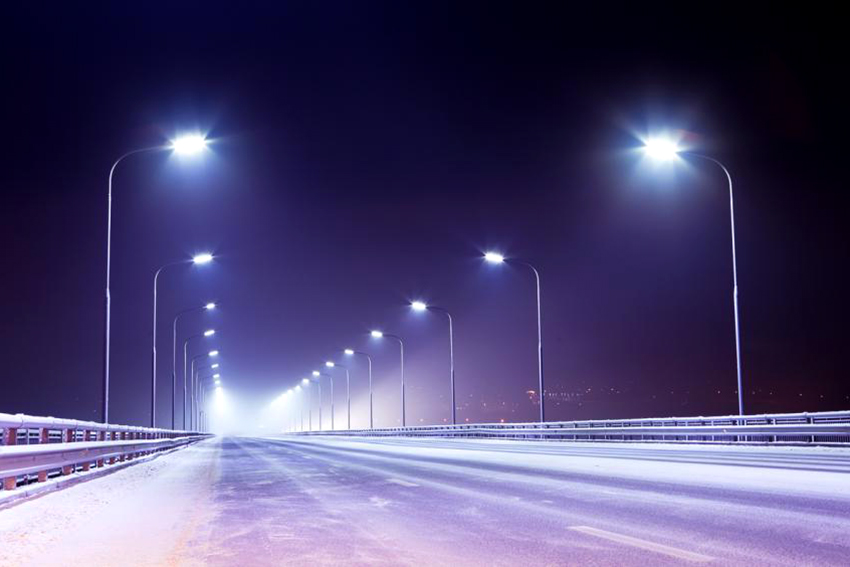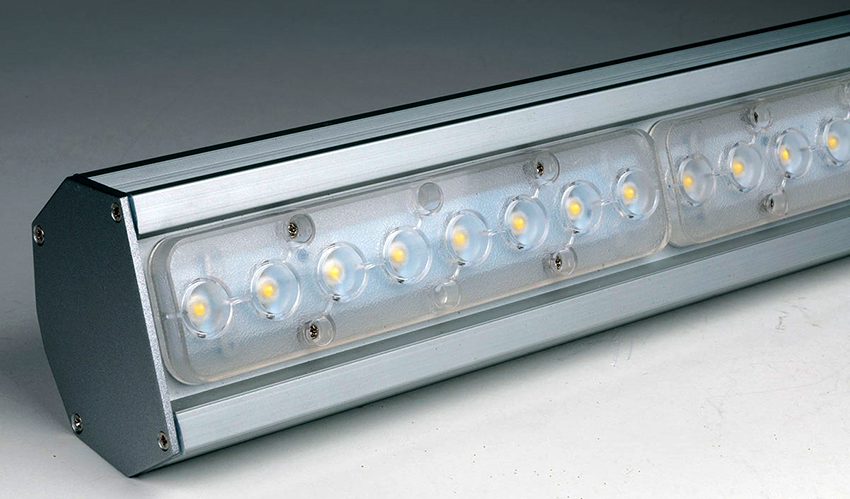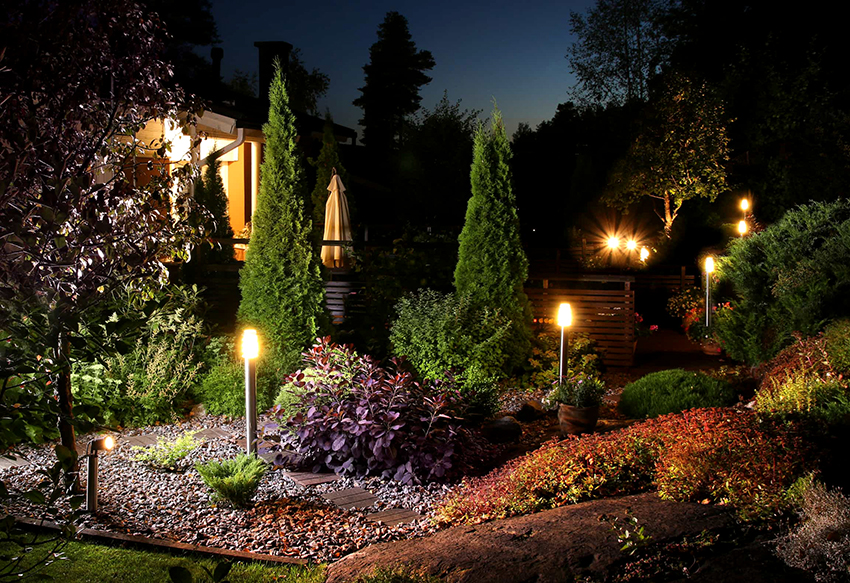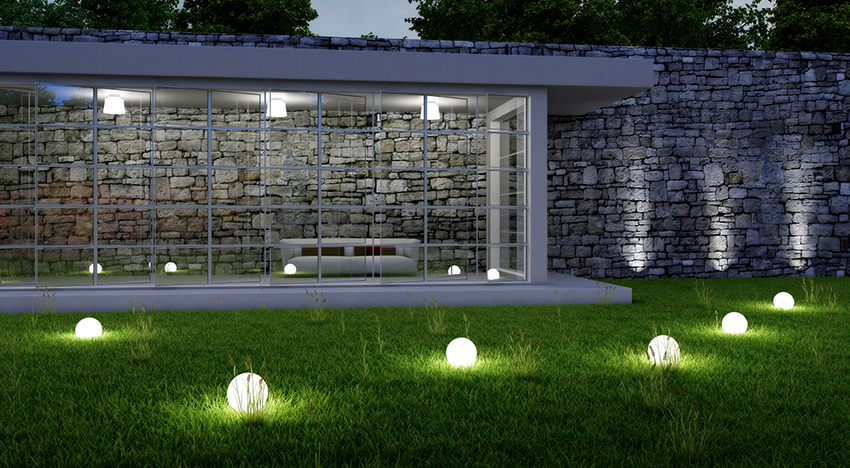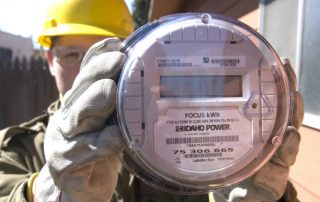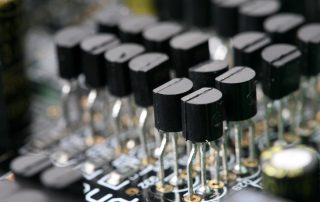Energy-saving technologies are rapidly developing, for example, the incandescent lamp was replaced in the last century by a more economical fluorescent lamp. Its main competitor soon became an LED street lamp. A lantern with such lamps provides maximum energy savings and, accordingly, money. This article will tell you about the features of this type of lighting on the streets, the species diversity and the criteria for choosing LED lamps.
Content
- 1 Development history of LED street lighting
- 2 Benefits of LED Street Lighting
- 3 Working principle of LED street lighting lamps
- 4 LED street lamp: classification and species diversity
- 5 Protection index and marking of outdoor luminaires
- 6 Street LED lights: scope and design features
- 7 Types of luminaires depending on the placement of lamps for street lighting
- 8 Battery Operated LED Street Lights
Development history of LED street lighting
Street lighting dates back to the 16th century. Lanterns with candles were installed in the wealthy quarters of London. Two centuries later, kerosene lamps replaced candles. This type of lantern was much cheaper, and the light emitted brighter. Street lighting is becoming widespread; it is organized in all major cities. In the 19th century, gas lanterns were invented, which were distinguished, on the one hand, by colossal efficiency, and on the other, by increased explosiveness. In some cities, this type of street lighting existed until the middle of the last century.
Illumination on a global scale began with the advent of the 20th century, when electricity was invented. Incandescent lamps did not give up their leading positions for a long time, until they were replaced by gas-discharge and fluorescent lamps. They are still actively used throughout the progressive world. They are gradually being replaced by more economical and environmentally friendly LED lamps. LEDs were invented about two decades ago, and their popularity is growing rapidly. Most developed countries have already switched to LED street lighting.
Luminaires of this type guarantee a good level of illumination and provide decent cost savings. LED street lamps are popular among owners of private houses and suburban areas. They are used as lighting for ponds, trees, flower beds and fences.Recently, such devices have been widely used on highways, streets and roads, in the courtyards of multi-storey buildings, for illuminating trade and office buildings, in parks and other recreation areas.
It is important to know! In English, diode lamps are referred to as LED, which means “light-emitting diode”. The abbreviation has also taken root in Russian. Thus, LED and LED are synonymous words.
Benefits of LED Street Lighting
The effect of light emission from a solid was discovered at the beginning of the last century in England, but for a long time the development was not improved and was excessively expensive. Only at the beginning of the 21st century, the technology was simplified, and lamps of this type were launched into mass production. They differ significantly from their predecessors, having a number of specific advantages, among which the following stand out:
- Significant economy is the main advantage of this type of devices, which makes them popular. They use ten times less electricity than incandescent lamps and half as much as fluorescent lamps.
- Long service life. Provided that LED street lights are used strictly at night, their service life can last up to 25 years.
- Autonomy, assuming resistance to cyclic loads. Fixtures with LED lamps withstand countless on / off tests - without compromising luminaire performance.
- Wide operating temperature range. LED outdoor luminaires can be operated in temperatures ranging from -50 ° C to 50 ° C. For use in harsh conditions, it is better to purchase special purpose devices.
- Resistance to mechanical stress. Such lamps do not break even if dropped and continue to work.
- In luminaires of this type, there is no inertia. The device starts working at full power immediately after plugging in.
- LED lamps work silently.
- Materials for the production of LEDs are environmentally friendly, so no special disposal conditions are required for failed lamps.
- LED devices do not pose a fire hazard and do not create an explosion hazard.
Disadvantages of LED street lighting
The list of disadvantages is much less than the list of advantages, but they still exist, the main ones are as follows:
- The price of LED street lighting fixtures is quite high compared to the cost of other types of lamps. Such equipment pays off during the first years of operation, but the initial investment is very tangible.
- High-power LEDs (from 50 W and above) are subject to thermal degradation, therefore, for their successful use, you need to take care of connecting a high-quality heat sink. Savings are inappropriate if the luminaire is designed to operate in hot climates.
- Sensitivity of outdoor LED lamps to voltage drops. A single surge in the network that exceeds the limits for a particular device can damage it. The use of power supplies or voltage stabilizers in the mains will help prevent malfunction.
- The metal electrodes of the luminaires lend themselves to diffusion. As a result, metal particles can get into the field of action of the semiconductor, which ultimately will lead to damage to the device.
Helpful advice! The high quality of LED luminaires directly affects the cost of the fixtures. The better the materials used in the manufacture, the higher the price of the device, the longer the service life of the devices, even in the most severe conditions.
Working principle of LED street lighting lamps
LEDs have a fairly high level of efficiency (COP). This characteristic distinguishes this type of luminaire from gas-discharge lamps, in which light is emitted as a result of a gas electric discharge. If we give a comparison in numbers, then the following picture emerges: a lamp on diodes with a power of 10 W is equal in characteristics to a 40 or 60 W incandescent lamp. This feature arises due to the transition of conductivity between different types of semiconductors and the occurrence of recombination of photons with electrons.
Simply put, electrical energy is converted into light energy. Moreover, the process is low-cost, as it is based on the latest achievements and discoveries in physics. Thus, energy-consuming short-lived incandescent lamps and unreliable gas-discharge lamps have been replaced by more reliable, super-powerful, compact, and most importantly, economical lighting devices.
In addition, the technology of manufacturing street lighting fixtures allows you to change the color and warmth of the lamp light. Such technical characteristics justify the high popularity of LEDs both in lighting private houses and for outdoor lighting of city streets and motorways.
As for the design of street lighting fixtures with LEDs, it differs significantly from the design of lamps for indoor lighting. Due to the different structure of electrical installations, the devices have a different mounting principle. Street luminaires are designed for high placement and vertical lighting. The LED lamp itself is a set of LEDs that are mounted in an aluminum housing with special protection.
LED street lamp: classification and species diversity
Devices used for outdoor lighting are characterized by a wide range of applications and, accordingly, have their own classification system. Luminaires are grouped according to their typical similarity, they are divided into different types and models depending on specific characteristics. LED lighting devices are classified according to the following main features:
- According to the light flux share of the lamp hemisphere in the lower part. This type includes luminaires of direct, diffused or reflected light. Divided into specific types depending on the percentage of the downward flow of light.
- By the level of the established protection against external influences such as dust and wind. In this category, the luminaires can be open, sheathed, dustproof and completely dustproof.
- According to the degree of protection against water, the devices are divided into unprotected, protected from rain and splashes, and absolutely waterproof LED street lamps.
- Suspended, console, ceiling, wall, floor and built-in street lighting devices are distinguished by the method of installation and the type of fastening.
- According to the functional principle, lamps are divided into industrial devices, devices for lighting roads, courtyards and private territories, stages, stadiums, lighting of buildings and decorative objects, as well as for use in high humidity conditions.
- In terms of power. For example, a 50 W LED street light is suitable for lighting a small backyard area. The optimal and most common in terms of power are considered to be 100 W LED street lamps.
- According to the design method, they are divided into spotlights, lanterns, decorative lamps.
Helpful advice! It is the last three criteria, such as functional purpose, power and design, that underlie the species classification of devices and their choice for lighting in private conditions.
Protection index and marking of outdoor luminaires
In order to determine the level of protection of luminaires from external factors, a special international system Ingress Protection (IP) was developed. This indicator includes only two numbers, where the first indicates the degree of protection against dust penetration, and the second is an index of protection against moisture penetration. The degree of protection, like other species criteria, is determined using a special international marking table. Marking is applied to all serial production products; without it, the product is not allowed on sale. An index is a specific set of letters and numbers, where each character has a different meaning.
The first letter indicates the type of lamp installed in the luminaire (incandescent, fluorescent, mercury or LED). The second symbol indicates the type of installation of the device, for example, pendant, console, support, floor, recessed, ceiling or street LED wall luminaire. The third letter defines the purpose of the device (for example, for street lighting or for industrial facilities).
This is followed by a number indicating the series number, and the next - the number of bulbs in the lamp. The sixth value is the maximum power of the device. The product revision is identified by a three-digit number located seventh in the overall mark. The letter and number code at the end of the marking indicates the climatic conditions in which the product can be used.
Outdoor LED products come in many different types and are used for decorative lighting or primary lighting. Also, the marking may indicate additional functions, for example, that this device is a street LED lamp with a motion sensor.
Street LED lights: scope and design features
The main distinguishing feature of the lantern is the ability to evenly diffuse the light flux. Devices come in different shapes and sizes, but the main difference in the list of models is their power, which determines the location of the lamp.
In the lighting of highways and highways, lamps with a power of 400 watts or more are used. For roads of secondary importance, lamps are installed with this indicator from 150 to 250 watts. On sidewalks, pedestrian zones, as well as in parks, squares, courtyards of high-rise buildings, on sidewalks, it is permissible to use lamps with a power of up to 150 watts. For road lighting, reflective LED street lights are most suitable, which can change the direction of the light flow.
In order to properly organize lighting, using this type of lamps, it is necessary to learn a number of rules. You can install such devices on your own only on a small personal plot. Therefore, all work, starting with the choice of the power of the flashlights, is recommended to be entrusted to professionals. They will design street lighting, calculate the overall brightness of the luminaires, and determine the technology for controlling the lighting system. The specialists themselves, according to the project, will select the lanterns and carry out their installation.
Helpful advice! It is not recommended to repair LED lamps on your own, especially since manufacturers establish a long-term warranty on most products with diodes.
The device of diode street lights is similar to the structure of an LED flashlight. The design includes a housing with a reflective element, a diode block, a heat sink. The space between the parts is filled with special thermal grease.Outdoor luminaires are supplied with durable shades. To adjust the voltage, a transformer is installed in the middle.
Related article:
LED floodlights for street lighting: a safe life in bright light
Technical parameters and connection features. Advantages and disadvantages. Scope of application, types, criteria for a successful choice.
Console LED street light: practical and reliable
Console luminaires are widely used to provide high quality street lighting. Most often, they are installed on highways, open areas for various purposes, at gas stations and local areas. A distinctive feature of such lamps is their design, and the lighting fixture is attached to a support or other surface using a console.
Console LED street lighting is currently considered the most popular in this category. Devices of this type are most suitable for outdoor lighting, while allowing significant savings in energy and money. According to the calculations of experts in the analysis of the most suitable devices in terms of quality and price, LED-type cantilever street lamps occupy a leading position.
In addition, manufacturers usually equip such devices with an additional dustproof function, which allows the use of lamps on consoles not only on paved streets, but also on peripheral dirt roads far from the city. The lamps have high moisture protection characteristics, which is important when illuminating streets during precipitation.
The 100W LED outdoor console light is a real innovation in lighting. The device is several times more economical than its numerous predecessors. In addition, it is simple to use and has a wide range of applications. Such devices are installed in stadiums, sports fields and hotel complexes.
A typical representative of modern console models is the Cobra LED street light. It does not require special maintenance and is great for illuminating various objects.
Industrial LED luminaires: characteristics and scope
Due to the high degree of illumination, economical energy consumption and long service life, LED lamps are widely used in industry. In particular, they are installed:
- in the courtyards of the centers;
- on open industrial sites;
- in workshops and on assembly lines;
- on the territory of factories and plants;
- for lighting open warehouses;
- in exhibition complexes;
- at train stations, airfields and ports.
Helpful advice! A number of experts assure that in terms of such characteristics as brightness, efficiency, quality of light flow, efficiency and price, street LED lamps are inferior to metal halide lamps. But as for the service life, according to this criterion, they really surpass all other analogues. Therefore, even before buying a device, it is necessary to weigh everything and carefully calculate.
The industrial group of LED luminaires is represented by a wide range of models that are able to create effective illumination of large areas, while providing a uniform coverage of the light flux. Appliances of different powers can be installed at different heights. The most popular in this category are 100W LED street lights. The price of the products is quite high, which is justified by the high quality and economical energy consumption. Thus, LED lamps pay off quickly enough.
An important advantage of industrial luminaires is the self-adjustment of the lighting angles, which allows you to solve any problem in creating effective lighting of objects.
Types of lamps, depending on the placement of lamps for street lighting
Taking into account the location of the lamps, they are divided into the following types:
- suspended or ceiling;
- wall-mounted;
- built-in;
- devices for installation on poles.
Pendant or ceiling outdoor LED luminaires have the form of a sealed enclosure with an LED hidden inside. Such devices are suspended from a horizontal beam at a high height using a special cable or chain. In appearance, this is a fragile structure, but at the same time it is able to withstand all the loads that outdoor operation involves, in particular, frost and heat tests, high humidity from heavy rains and icing in winter.
The wall mounted LED street light is considered a versatile fixture that can be easily mounted on virtually any vertical surface that can withstand the load of a lantern and fixtures. Such a device is perfect for use in the local area in a private yard. It can be not only an object of illumination, but also a decorative element. Such lights are made in all kinds of variations, which allows them to be installed in different styles.
All wall-mounted LED street lamps are waterproof, they have a degree of protection IP 44. Thus, splashes of water do not get into the middle of the devices, which allows them to be installed not only under a canopy, but also in an open area.
Also, among the many types of these devices, recessed street LED lamps should be called. Such devices are mounted in elements of street furniture, walls of buildings. Their installation definitely requires a professional approach.
Battery Operated LED Street Lights
In addition to the various signs of the classification of luminaires listed above, one more should be noted - this is the power source from which the devices work. Direct connection to an uninterruptible current network is the best option, but in the absence of such an opportunity, accumulators and batteries solve the problem perfectly.
Helpful advice! When choosing a luminaire for the street, you need to pay attention to the presence of additional functions of the device, such as equipping with a solar battery, light and motion sensor or remote control.
The main feature of such devices is complete energy autonomy. The power supply can be ordinary batteries of different shapes and sizes, as well as batteries that recharge after a certain period of use. The battery pack can be built into the luminaire or located separately from it. Its location determines how the LED lamp is recharged.
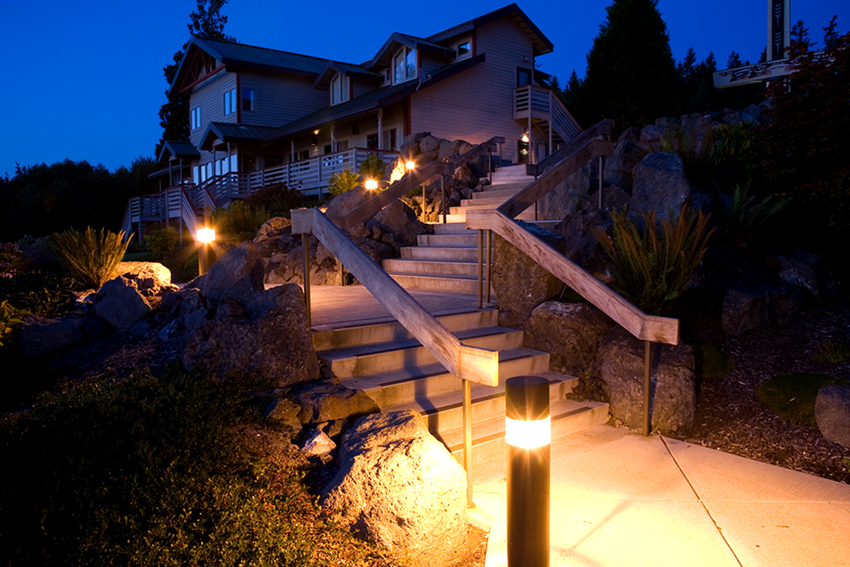
Battery-powered outdoor LED lamps are ideal for cases where it is impossible to connect the lamp directly to the network
Speaking of stand-alone light emitting devices, one should mention their separate category - solar-powered LED street lamps. To recharge them, you do not need access to the power grid; it is carried out when the sun's rays hit special panels.
It is autonomous devices that are most often used in landscape design and as emergency lighting.
Thus, any type of LED street light has a certain list of advantages. At the same time, the complexity of the installation compensates for the absence of the need for maintenance during operation.A light source of this type will not only provide good lighting, but also significantly save money spent on the use of electricity by other types of lamps.

